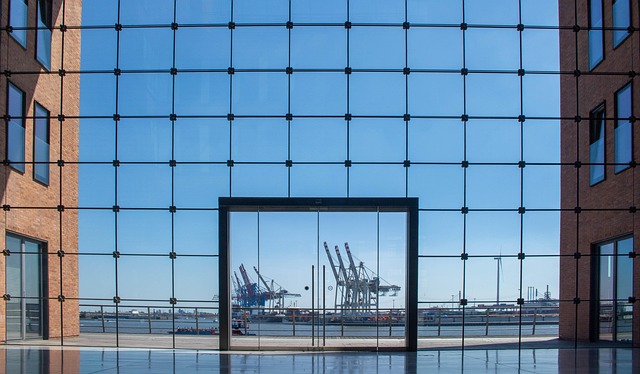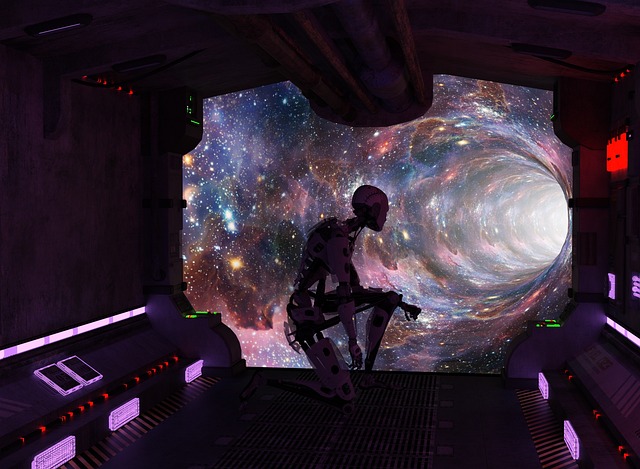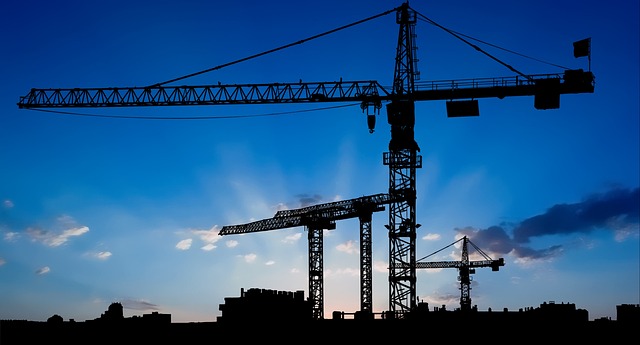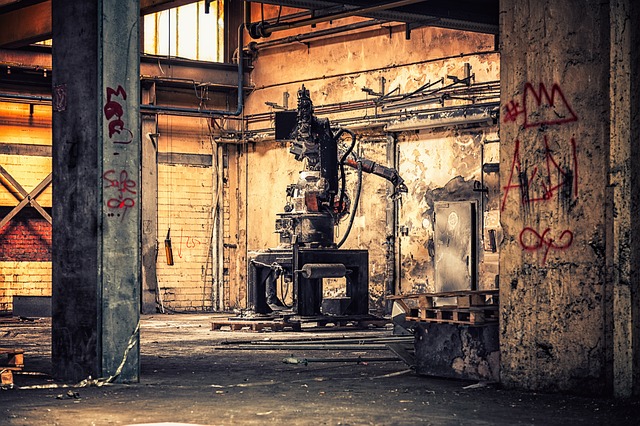Manufacturing facilities demand specialized real estate considerations including tailored layouts for machinery, assembly lines, and storage, alongside robust construction and advanced infrastructure. Efficient logistics like transportation access, parking, and proximity to raw materials are crucial. Flexible floor plans, high ceilings, and advanced technology integration maximize efficiency, reduce waste, and enhance productivity in today's competitive manufacturing market. Customized designs optimized for unique production needs lead to sustained operational excellence.
Manufacturing facilities are hubs of innovation and production, demanding specialized real estate features tailored to their unique needs. From ample floor space for machinery to optimized layouts enhancing workflow efficiency, these considerations are pivotal.
This article explores the critical role of customized design in industrial real estate, delving into how specific features directly impact manufacturing productivity and overall operational success.
Understanding the Unique Needs of Manufacturing Facilities

Manufacturing facilities operate with distinct requirements that set them apart from other commercial spaces, making understanding their unique needs paramount for real estate professionals and investors. These facilities often demand specialized layouts to accommodate heavy machinery, assembly lines, and vast storage areas. The structure should be designed to withstand the physical demands of industrial operations, including robust construction materials and robust infrastructure to support advanced manufacturing technologies.
Furthermore, efficient logistics play a crucial role in successful manufacturing. Real estate considerations should account for easy access to transportation networks, ample parking or loading zones, and proximity to raw material sources and distribution centers. These factors are essential for seamless supply chain management and timely production processes, ultimately contributing to the facility’s operational efficiency and competitiveness in the market.
Key Specialized Features in Industrial Real Estate

Manufacturing facilities are not one-size-fits-all, and neither is the real estate that houses them. In today’s competitive market, industrial properties must offer specialized features to cater to the unique needs of various manufacturing processes. Key among these are flexible floor plans that allow for easy reconfiguration to accommodate changing production lines or new equipment. High ceilings and robust structural support are essential for accommodating large machinery and facilitating efficient material handling.
Advanced infrastructure is another critical aspect, including high-speed internet connectivity, robust electrical systems capable of managing heavy loads, and adequate ventilation and air quality control to maintain a safe and productive environment. Additionally, sustainable design elements like energy-efficient lighting and HVAC systems are becoming increasingly important, not just for cost savings but also for appealing to environmentally conscious tenants.
The Impact of Customized Design on Manufacturing Efficiency and Productivity

In the competitive manufacturing landscape, customized design plays a pivotal role in enhancing efficiency and productivity within facilities. Every production space is unique, shaped by factors such as product specifications, production volumes, and real estate constraints. A tailored design approach acknowledges these nuances, optimizing layouts to minimize material waste, streamline workflow, and reduce setup times.
By integrating specialized features, manufacturers can create seamless workflows that improve overall equipment effectiveness (OEE). Customized designs may incorporate innovative technologies, ergonomic workstations, or flexible machinery to accommodate changing market demands. Such adaptations not only elevate production capacity but also foster a safer, more comfortable working environment, ultimately contributing to sustained operational excellence.






